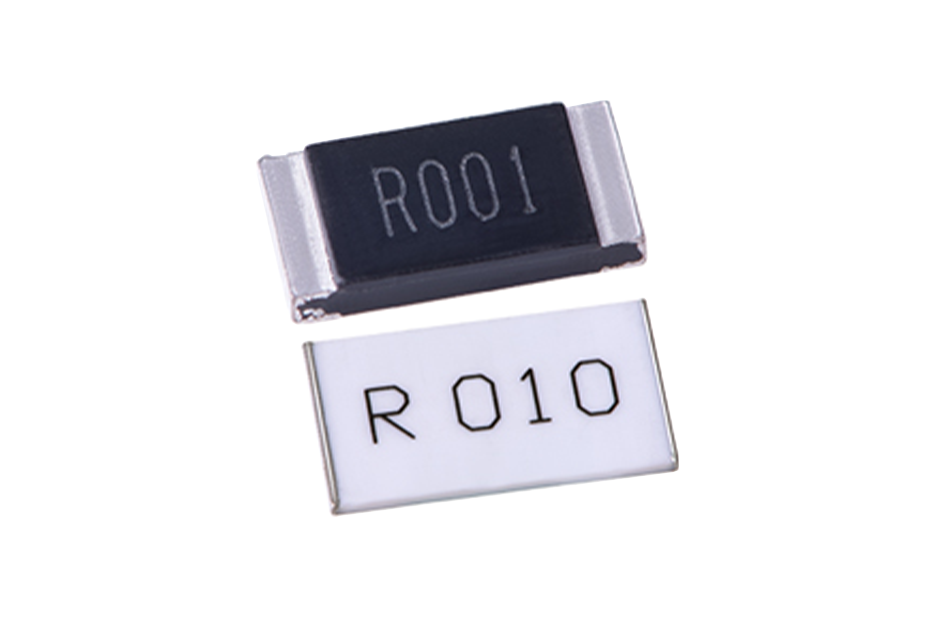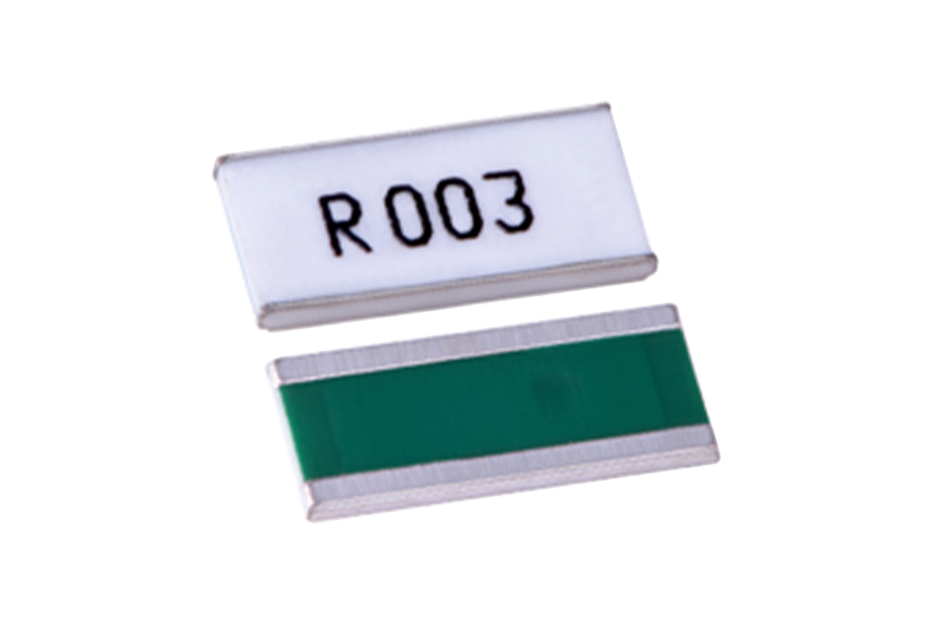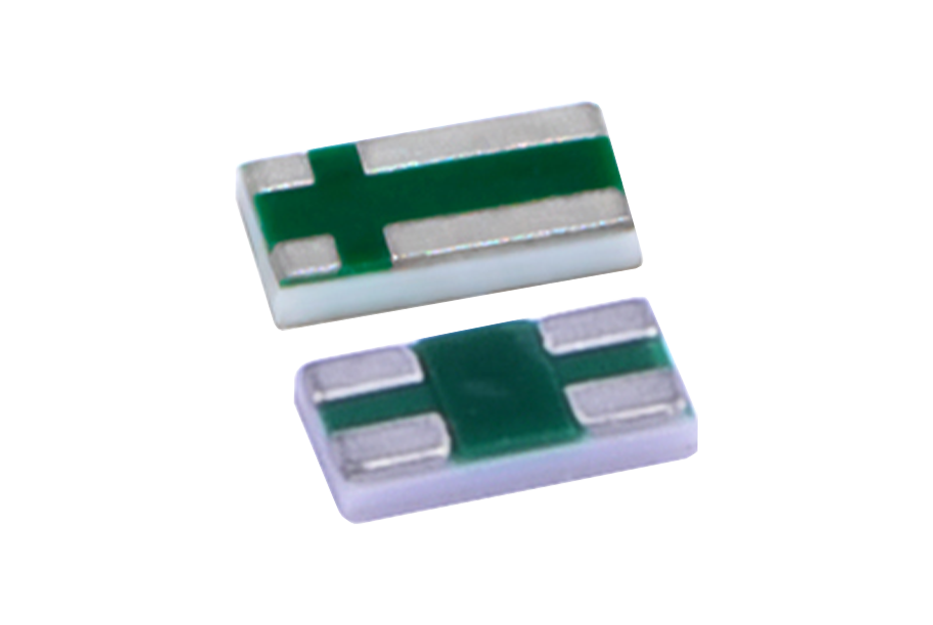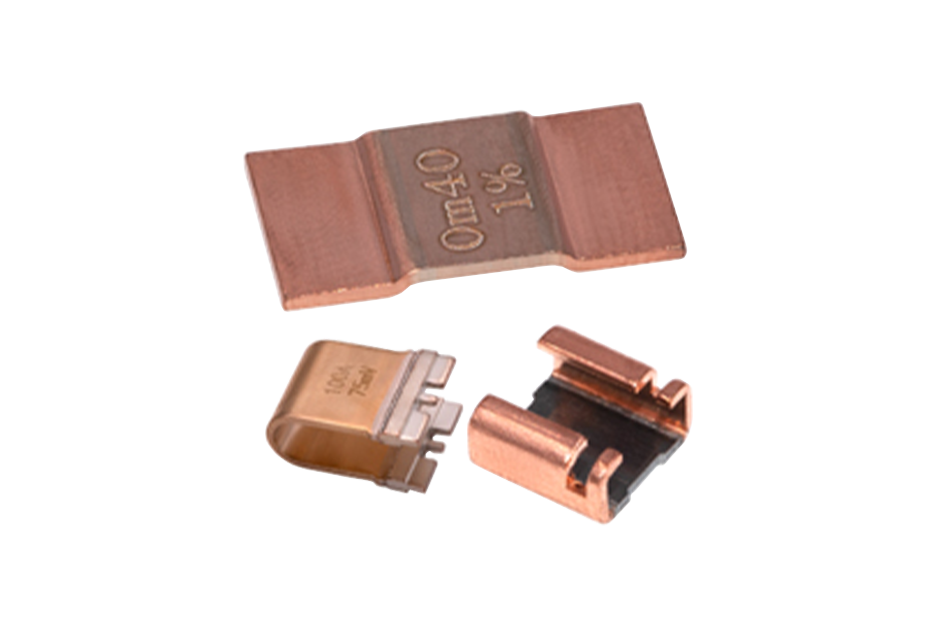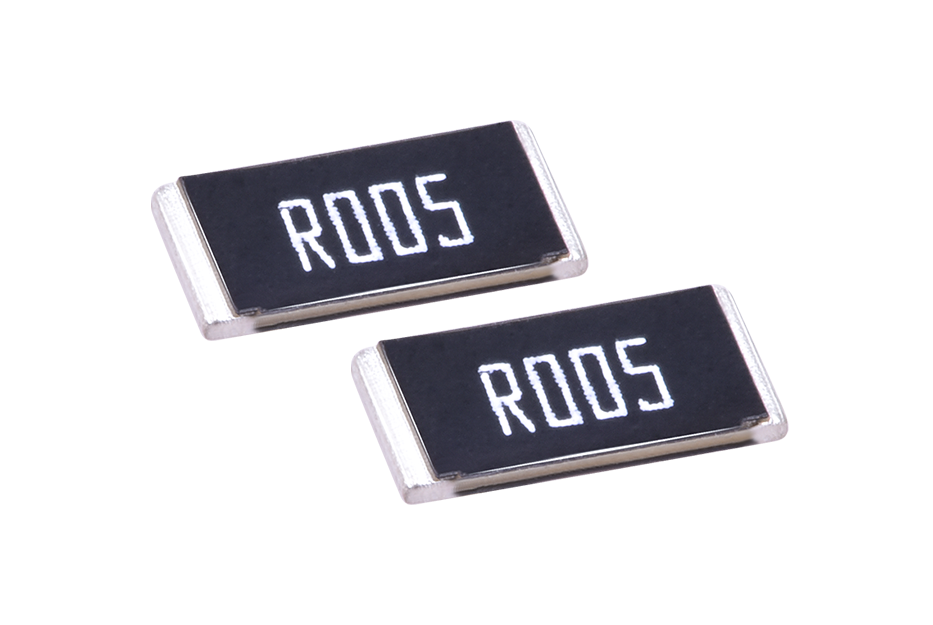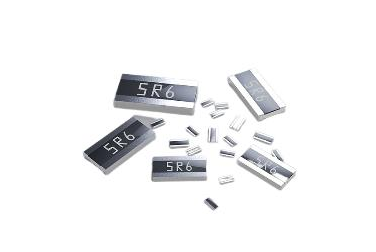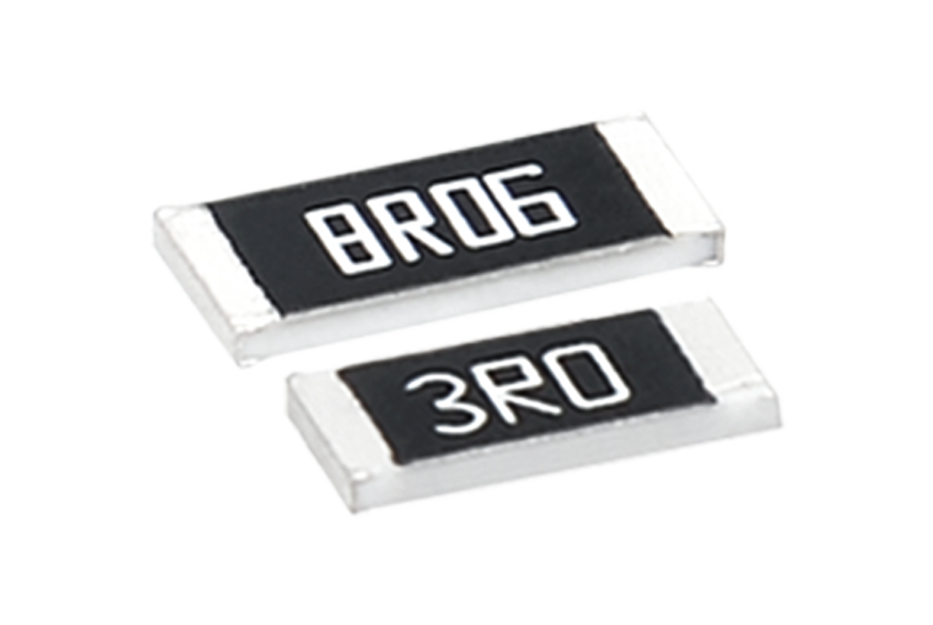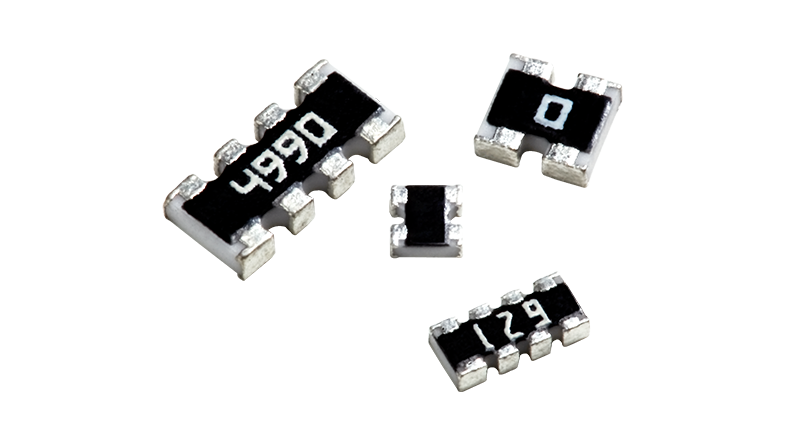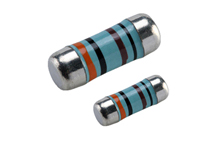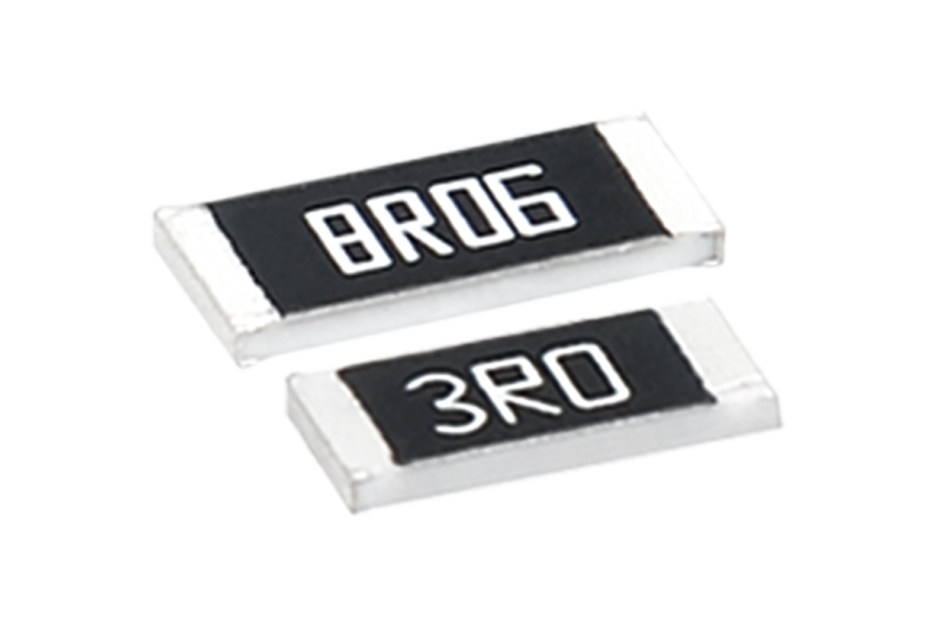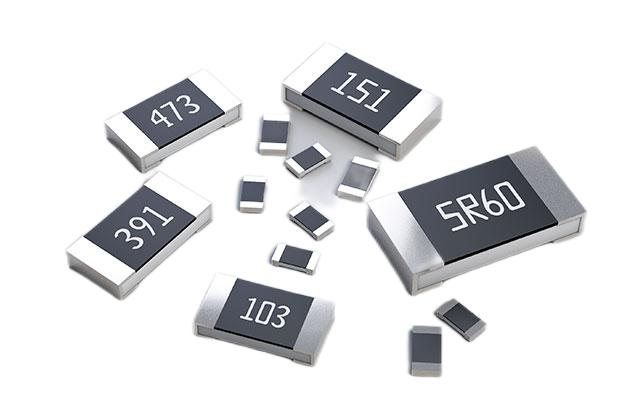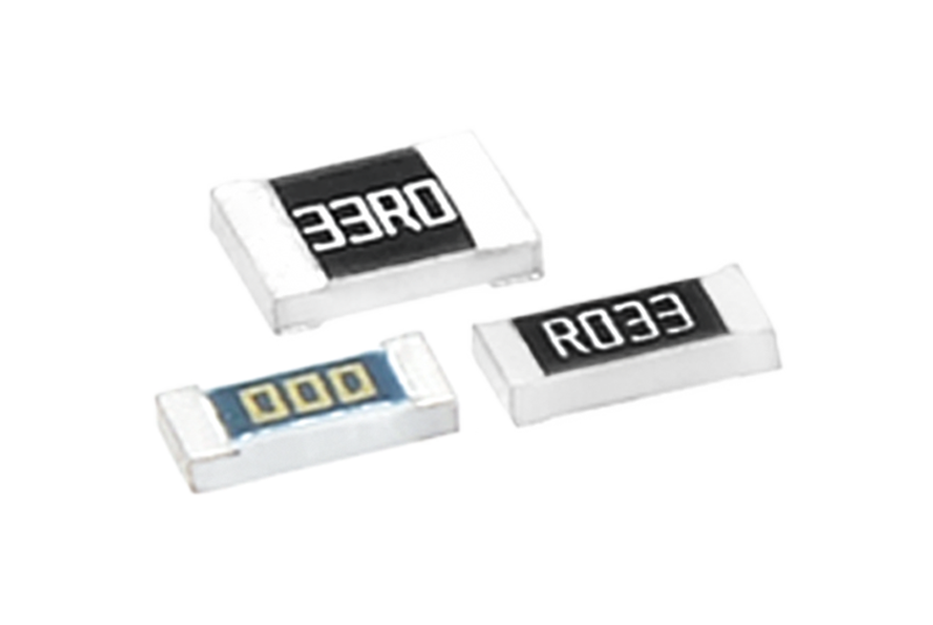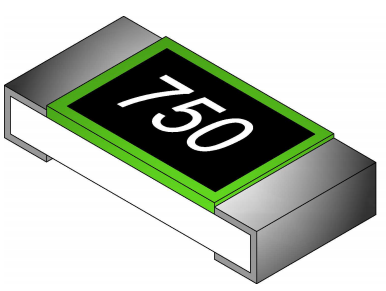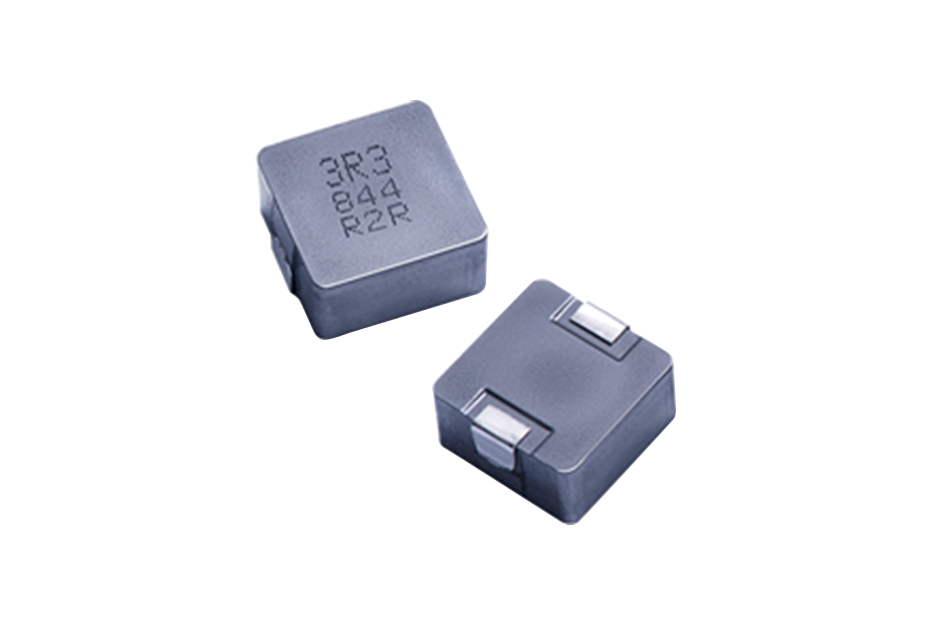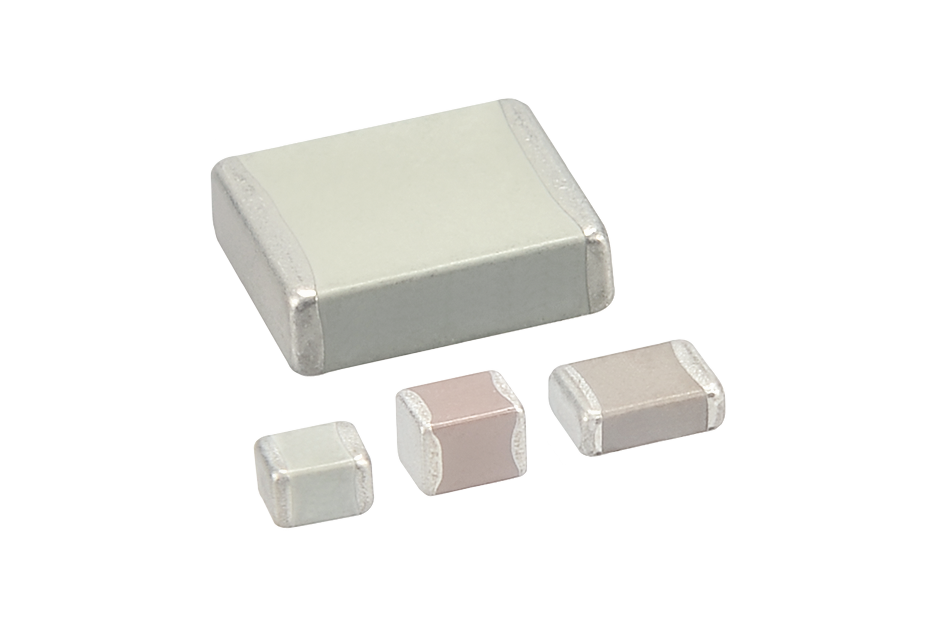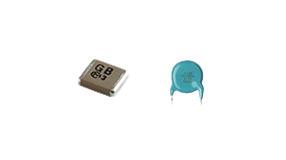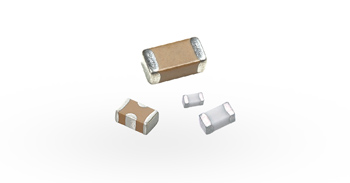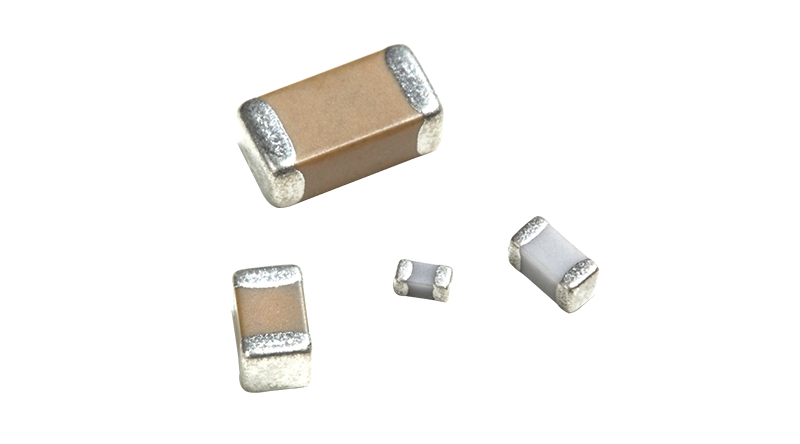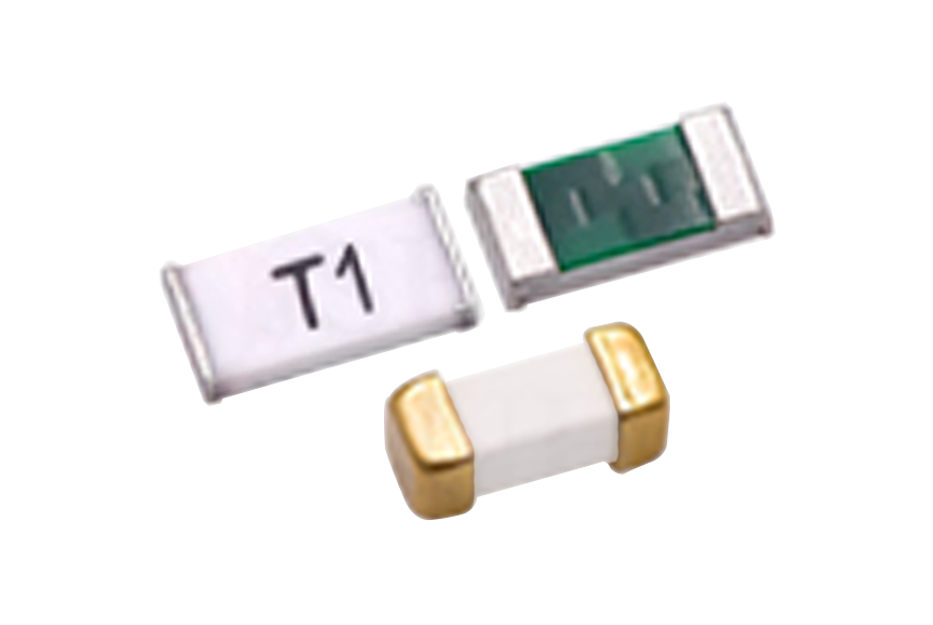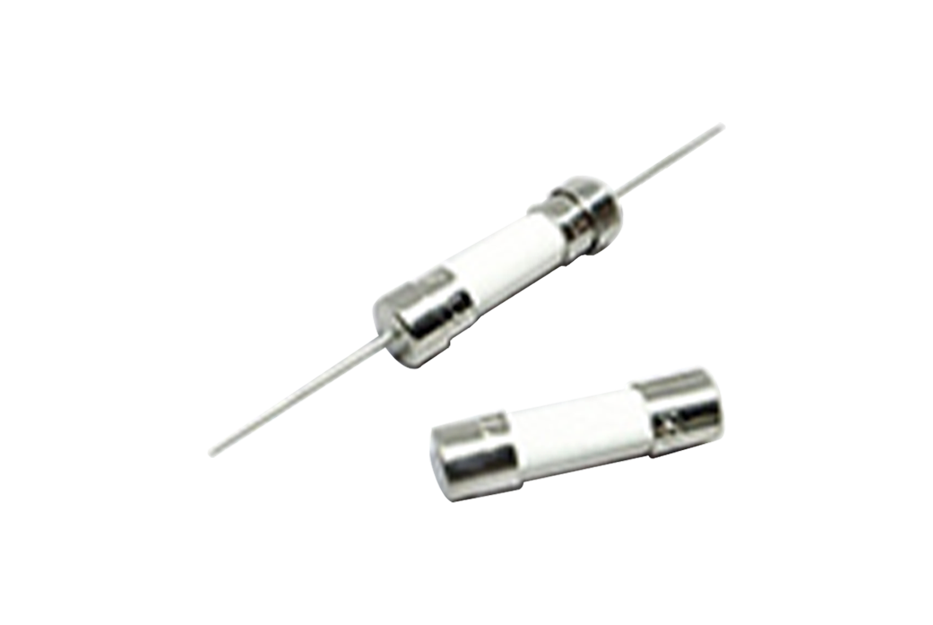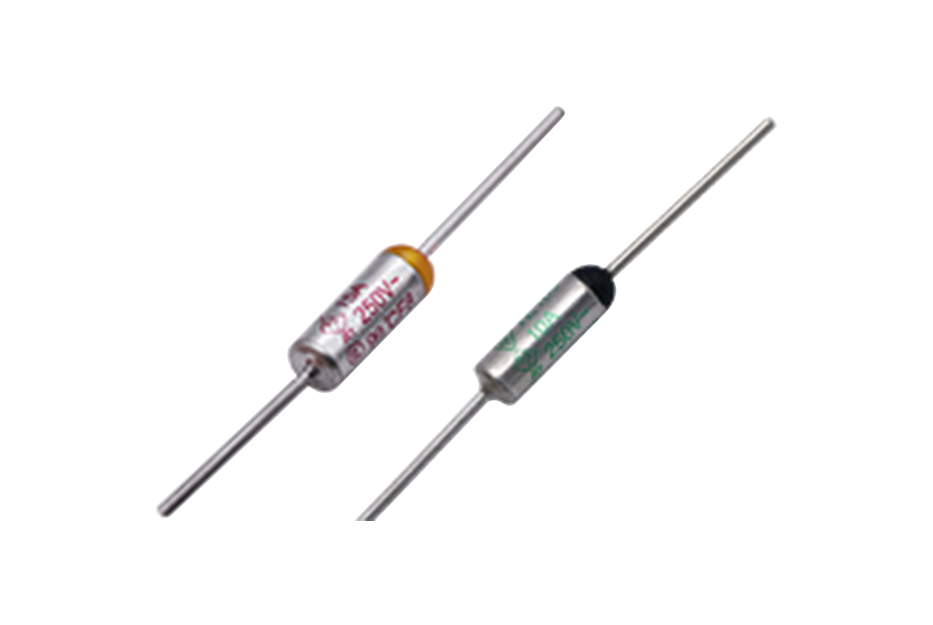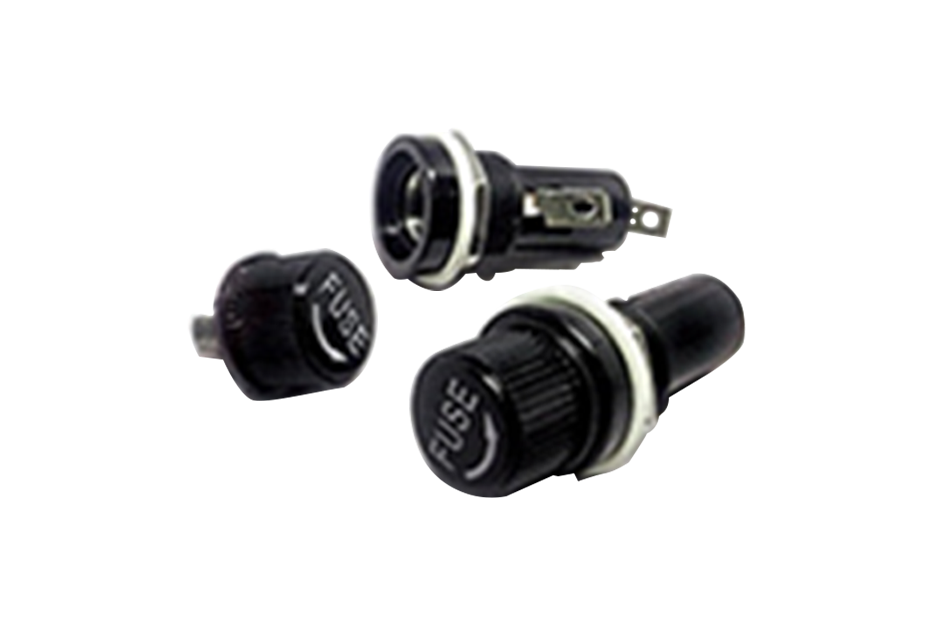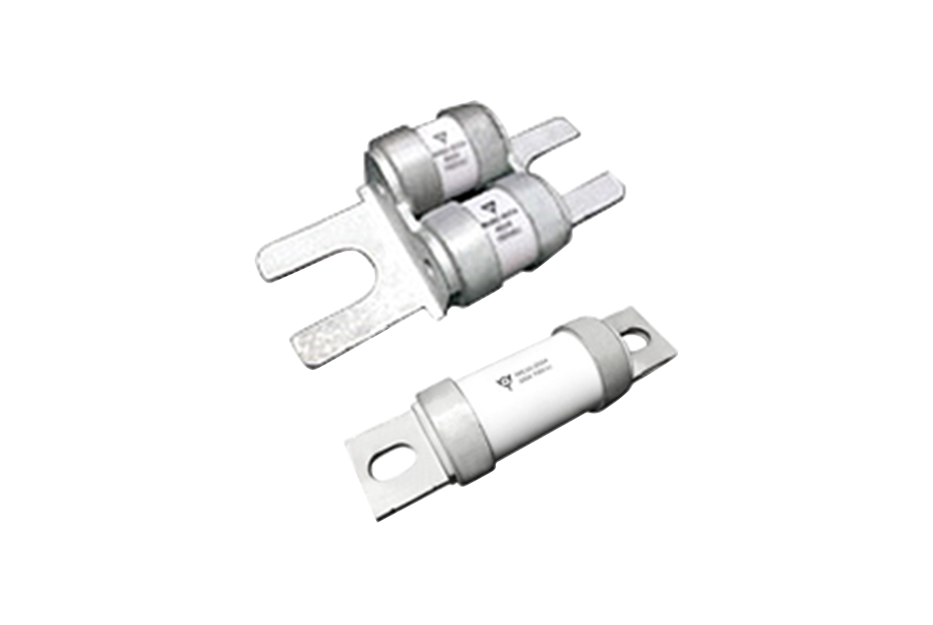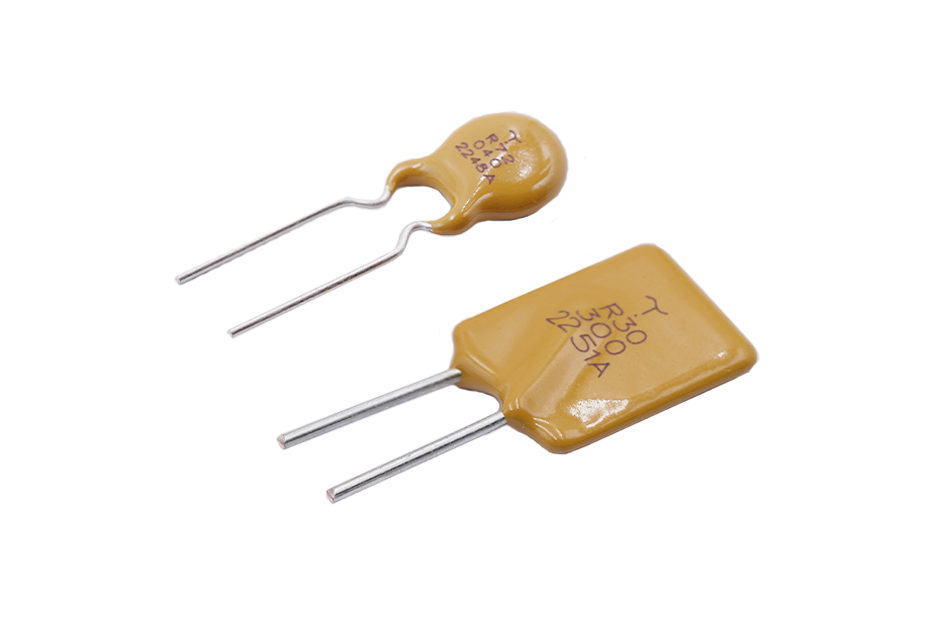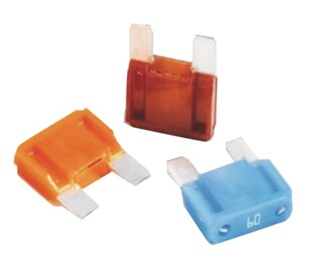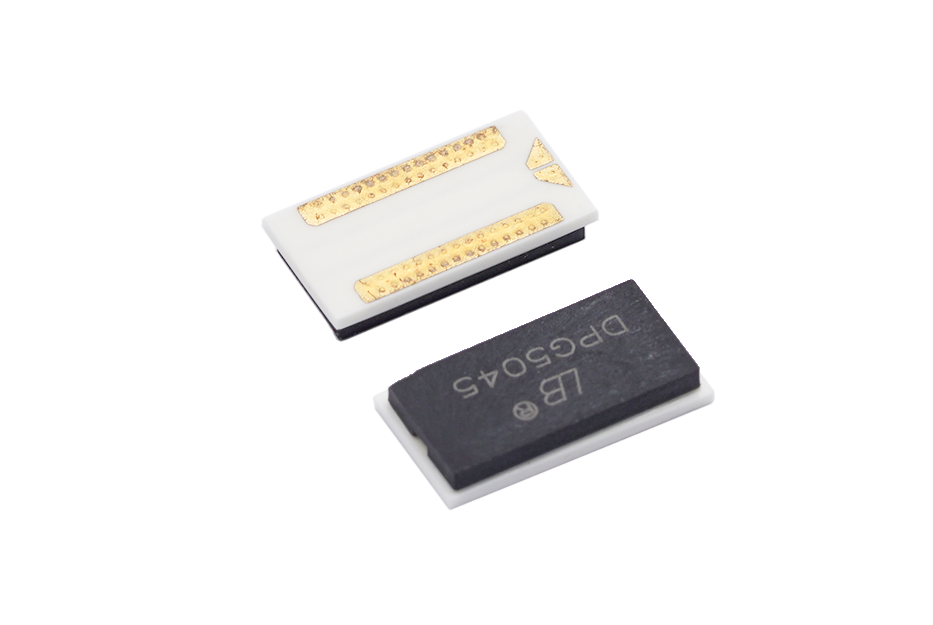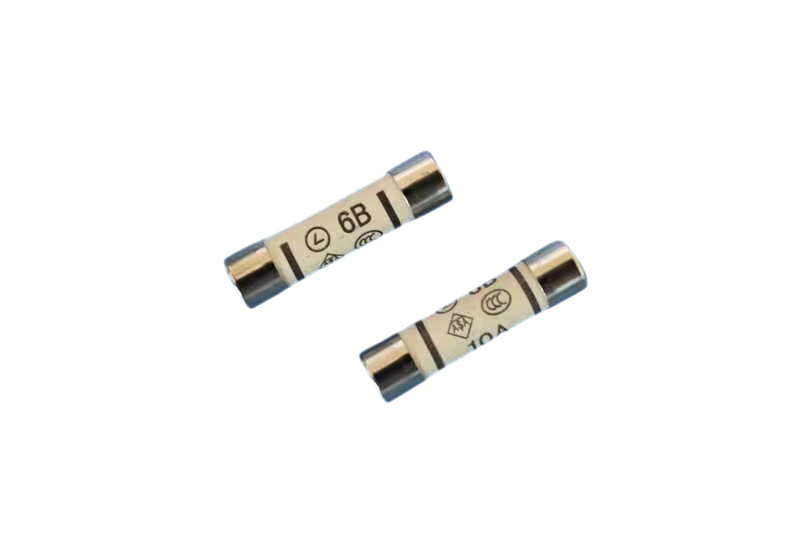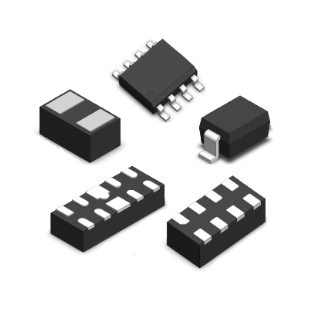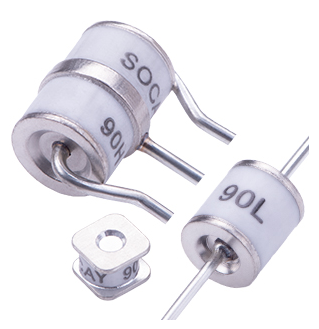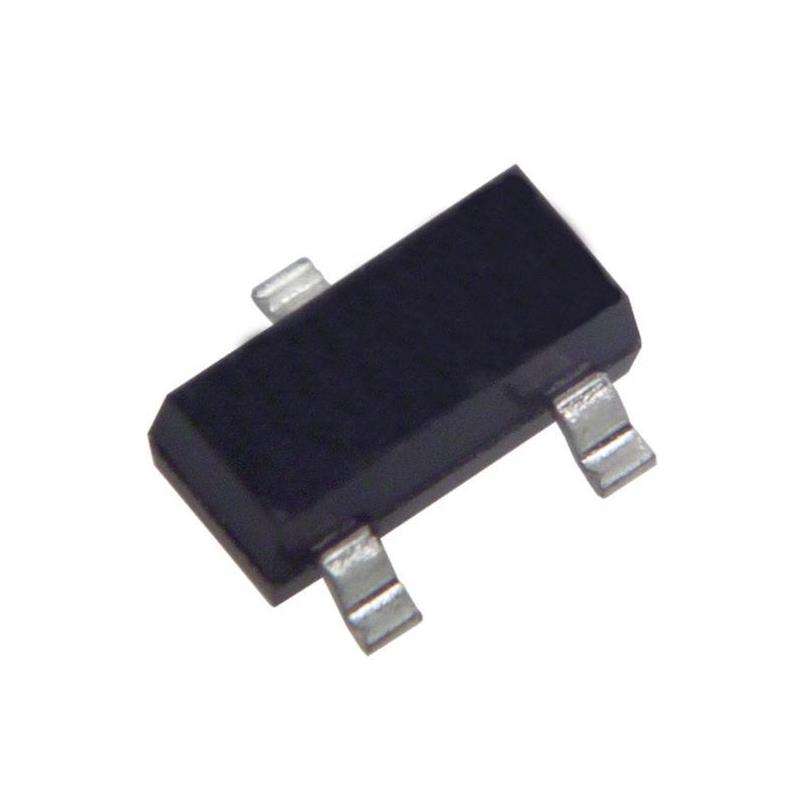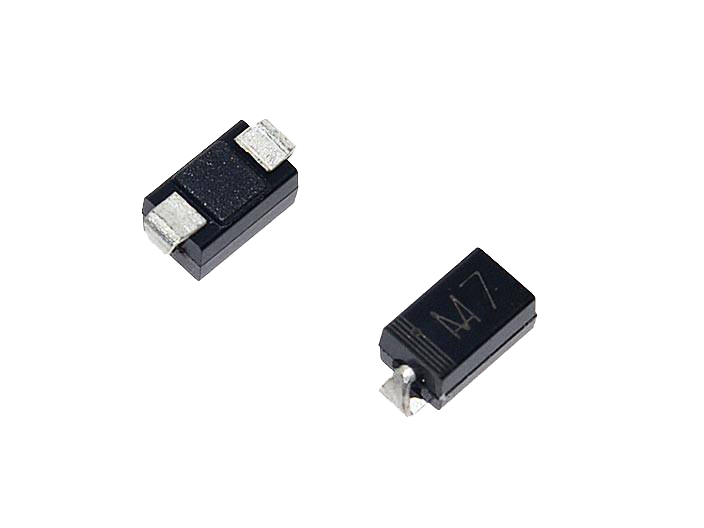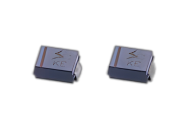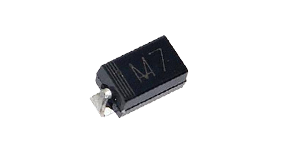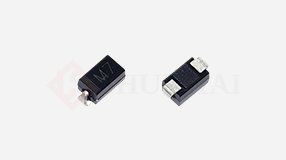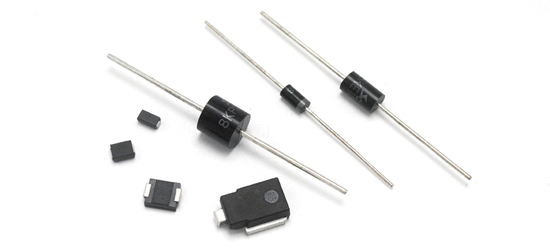List of Model Selection and Online Purchase Address for Anti Surge Chip Resistors: Click on the image to enter
The anti surge current of anti surge resistors refers to the ability of resistors to withstand transient surge currents in a circuit. In a circuit, sudden voltage fluctuations or sudden changes in current can lead to transient surge currents, which have a very short amplitude and duration. The function of surge resistance is to withstand this transient surge current in the circuit and protect other electronic components from damage.
A resistor is a passive component whose main function is to limit the path of current flow and control the current in the circuit through the resistance value of the resistor. The surge resistance adopts special materials and structural design, which enables it to have high power dissipation capacity and low inductance characteristics, thus being able to withstand high amplitude and short time transient surge currents.
In circuits, surge resistance is usually used to protect sensitive electronic components such as diodes, transistors, integrated circuits, etc. When transient surge current occurs in the circuit, the surge resistance will absorb a portion of the current, reducing the impact of the current on other components, thereby providing protection. The resistance value and power dissipation capacity of surge resistance are selected based on the needs of the circuit, and are generally determined based on the maximum withstand current and maximum power of other components in the circuit.
The surge resistance of a surge resistor refers to the maximum transient surge current it can withstand. This value is determined based on the design and manufacturing process of the surge resistance, and is generally clearly indicated in the product specifications. The magnitude of anti surge current depends on factors such as voltage fluctuation amplitude, current mutation speed, and duration in the circuit.
When selecting surge resistance, it is necessary to determine the requirements for surge current resistance based on the actual situation in the circuit. Generally speaking, the surge resistance current of the surge resistance should be greater than the maximum transient surge current that may occur in the circuit to ensure that the surge resistance can work properly and protect other components. If the anti surge current of the selected anti surge resistor is less than the maximum transient surge current that may occur in the circuit, it may cause the anti surge resistor to be unable to withstand the transient surge current, causing damage to other components.
In addition to anti surge current, anti surge resistance also has some other important parameters to consider, such as rated power, resistance value, temperature coefficient, etc. The selection of these parameters should be determined based on the circuit requirements and design requirements to ensure that the surge resistance can work properly in the circuit.
In short, the surge resistance of a surge resistor refers to the maximum transient surge current it can withstand. Choosing a suitable surge resistance requires considering the maximum transient surge current that may occur in the circuit, and ensuring that the surge resistance can function properly and protect other electronic components.

